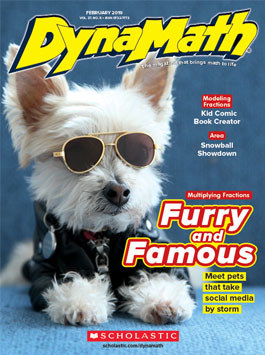The day I met Alicia Boler Davis is one I will never forget. The STEM leader is chief of manufacturing and labor relations at General Motors (GM). An engineer and an executive, she’s supervises 150,000 employees and the production of more than 9 million vehicles each year worldwide.
I met Boler Davis while shooting this video for the March issue of DynaMath. It’s our mission to make math meaningful and accessible for students of all backgrounds and learning levels.
Part of this mission involves highlighting the successes of underrepresented groups in STEM careers. Boler Davis is a perfect example. She was one of two African American chemical engineers in her college class. Then Boler Davis became the first African American female to run an assembly plant at GM.
Now Boler Davis encourages people of all backgrounds to pursue her beloved field. “Engineers have an opportunity to change the world,” she says. And everyone can do it.



